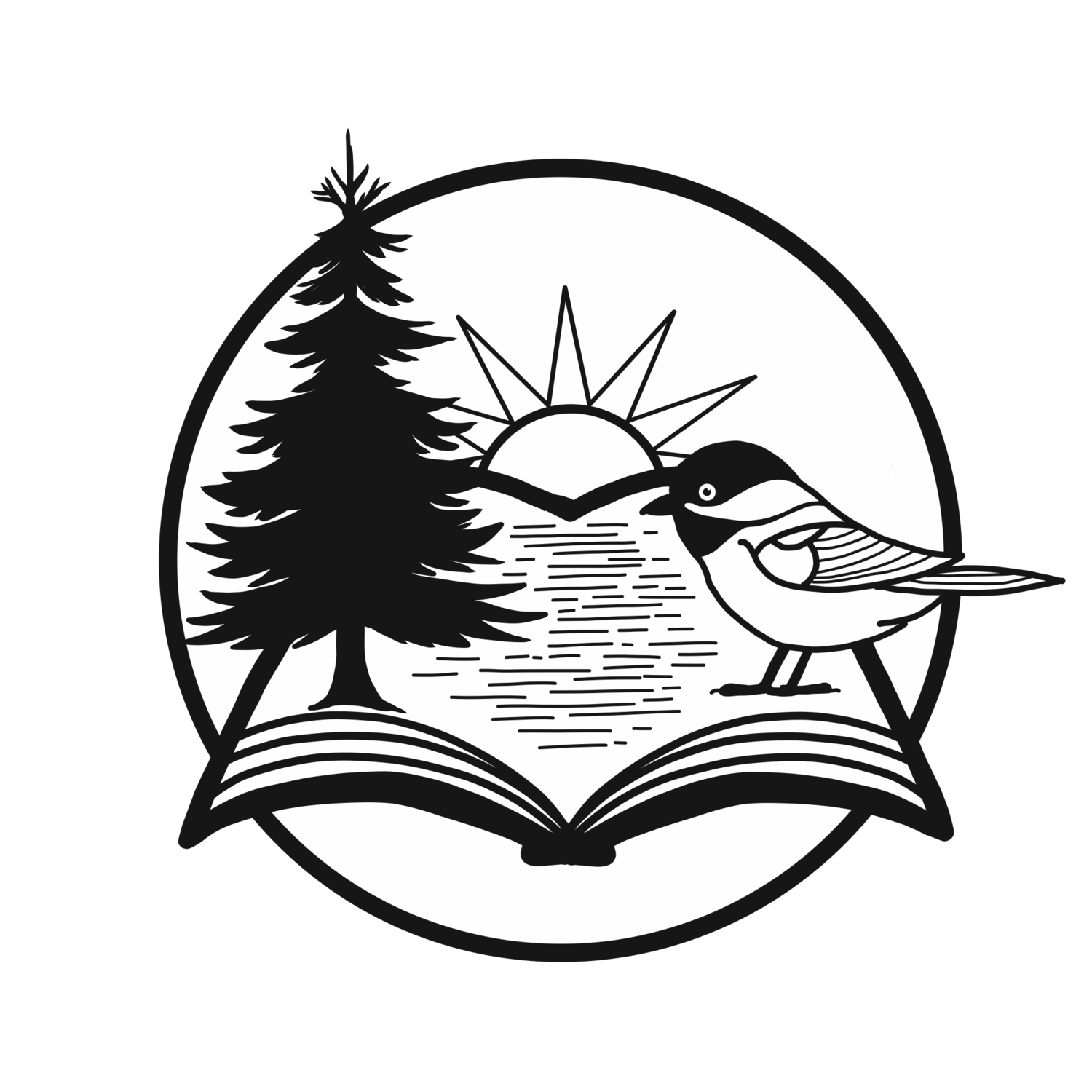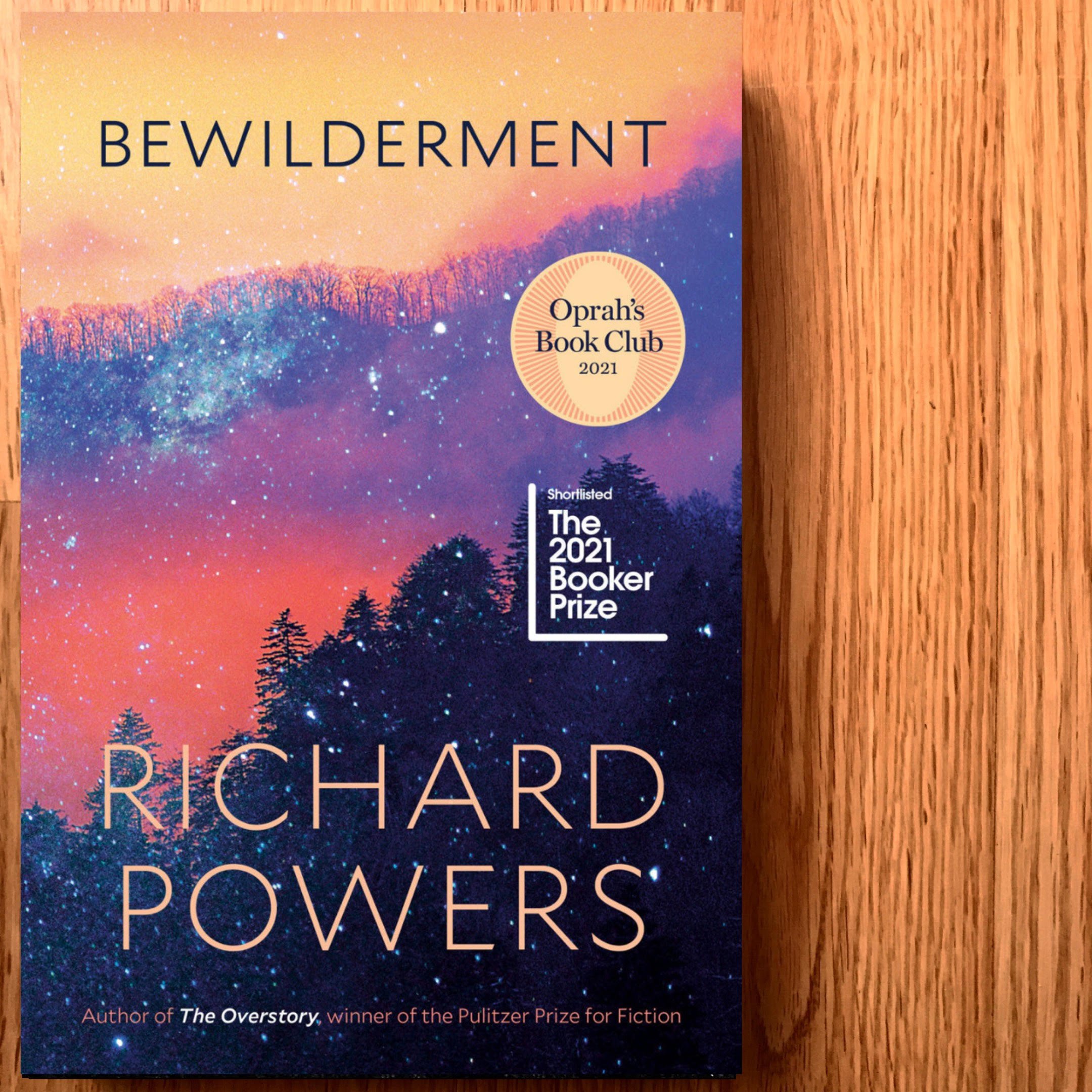The Apothecary’s Garden is set in Belleville, Ontario during the 1860s. With setting being an integral part of any story, why did you choose to set the story here and in this time?
Before I launch into the setting of The Apothecary’s Garden, I want to thank you, Sara, for this interview. From the 2008 – 2017 period, I spent considerable time in Kingston, Ontario, and became interested in the history of that whole area. I studied Canadian literature in university and knew that one of Canada’s prominent nineteenth-century authors, Susanna Moodie, had lived in Belleville. I also became in interested in Spiritualism, and places around Belleville were ‘hot spots’. The famous (or infamous) Fox Sisters, Kate and Maggie, seminal forces of spiritualism in nineteenth-century America, had family ties with Belleville. The town was prominent on the railway line. The train station is still a charming landmark and in general, the ‘old world’ vibe of Belleville appealed to me. In some almost inexplicable way, a place will ‘speak’ to you, almost as if it beckons you to explore it, and Belleville had this pull, for me.
The character Robert, the companion of the medium, has a disfigured face? Did you intend symbolism with Robert’s face? Is symbolism an important literary device in your work?
Good question about Robert’s face. I probably don’t think in terms of symbolism so much as literary tropes, or motifs. The Apothecary’s Garden gestures back to Victorian fiction and even earlier fiction, which had a fascination with deformity – and spectacle. People with physical differences were sometimes put on display as ‘freaks’ and monetized as a form of entertainment. This ‘othering’ is, of course, cruel. Various kinds of people were ridiculed or ‘othered’ in the Victorian world, including certain kinds of women – especially those without financial means - who lived on the margins of society. Those with physical differences. This anxiety around difference was part of that world. Robert’s disfigurement invites empathy and compassion. And on a more basic level, I wanted to avoid the typical, handsome romantic hero – if not ‘avoid’ entirely, because Robert has much about him that is attractive – at least trouble that a little.
You’re a Professor of English and Director, MFA in Writing with the University of Saskatchewan. Given all of your experience, what do you find to be the most challenging aspect in writing a novel and this novel in particular? What do you do to overcome this challenge?
The most challenging aspect of writing a novel is time – finding the time to maintain the discipline to see the project through. Long-form fiction, for me at least, requires regimented, structured writing time, ideally, a daily practice that is very regularized. If you step away from the novel for too long, you grow distant from it. The aim is to keep your head in the world of the story. I wrote the first draft of The Apothecary’s Garden in 2013 and there were periods where I had to set it aside – long periods. It took quite a while to return to the world of that story. I wish I had a secret tip on how to overcome this challenge, other than strategizing which windows of time you have for writing and guarding those windows fiercely because the world always finds a way to claw back your attention and time. A particular challenge with The Apothecary’s Garden was pandemic lockdowns. I very much wanted to return to Belleville for some immersive research, but lockdowns prevented that. Luckily, my copyeditor is from Belleville – such serendipity! – and helped me with some setting details. All this being said, I’m fortunate that my job as a writing teacher is so closely tied to my passion – writing.
As the saying goes, hindsight is 20/20 and as writers we can endlessly tweak and adjust our creative projects. Looking back, would you change anything about the novel in terms of plot, setting, and characterization? Or, did The Apothecary’s Garden form exactly as you hoped and intended?
Hindsight, yes. I always had a sense of what mood I wanted to evoke in this novel – melancholy, lush, spooky, and I thought a lot about my late mother and my longing to somehow connect with her. And fairy tales were also part of this affective landscape: Hans Christian Andersen, for example. So the ‘feeling’ of the novel was always there, but the plot evolved. In hindsight, I’d tie a few of the story’s elements together a bit more.
How much research did you need to do for your book? Did you research some of the more magical attributes to the story? What was your most interesting find?
I undertook a lot of research for this novel, especially the Spiritualism aspect – the magic. But equally, I combed through the newspapers of the period to find, for example, what businesses existed in Belleville. I read accounts of drug remedies in the nineteenth century. Two of the most interesting aspects of my research were: 1) how women physic mediums leveraged their work as a means of agency and empowerment. And 2) the world of pharmaceuticals was wild, unregulated, with all sorts of ‘quack cures’ and dubious substances that were sold. For instance, cocaine tooth drops, Mrs. Winslow’s Soothing Syrup which contained morphine and alcohol. But I loved all the research, including ladies’ clothing in the mid-nineteenth century.
If there is one thing you hope your readers will take away from The Apothecary’s Garden, what is it? Alternatively, what is your favourite aspect of the novel?
Honestly, I’d like readers to derive pleasure from the story, and immerse in its world. A love story written to entertain might be an antidote to the past two difficult years. Our times are dystopian, but I hope there’s still room for romance and pleasure. My favourite aspect of the novel is escaping to another time and place. And I confess I enjoy romance. This novel allowed me to indulge my inner romantic (laughs).
What is your must-read book recommendation and what book has had the most impact and influence on your writing?
It’s so difficult to choose one book that has had the most impact and influence on my writing. But some important authors are Bronwen Wallace, Lucy Maude Montgomery, Alice Munro, and Elizabeth Bishop. My copy of Madness, Rack, and Honey by American poet Mary Ruefle is never far away. Same with Stephen King’s On Writing. And Thomas Hodd’s recent edition of Mary Melville the Psychic proved timely with respect to The Apothecary’s Garden. See, I told you I couldn’t choose one.
What advice would you give to aspiring authors who are trying to navigate the publishing world?
My advice for aspiring authors would be to not fixate on agents – many newer authors tend to do this – but write the best piece you possibly can. Get your work out there. Read at open mics, that sort of thing. Also, talk to other writers. Ask them about their experiences. Joining a writing group can help. Deadlines help (laughs). Above all, try to maintain a regularized writing practice, even if it’s only every Sunday morning. The routinization is so important in making writing an integral part of your life.
Do you have another novel in the works or a new project that you’re working on? When can readers anticipate this?
I’m working on another novel, yes. It’s different, set in 2018, so can’t really be considered ‘historical’. It deals with characters in the latter phase of their lives. It’s never too late for a do-over. Thanks for these great questions, Sara.





















